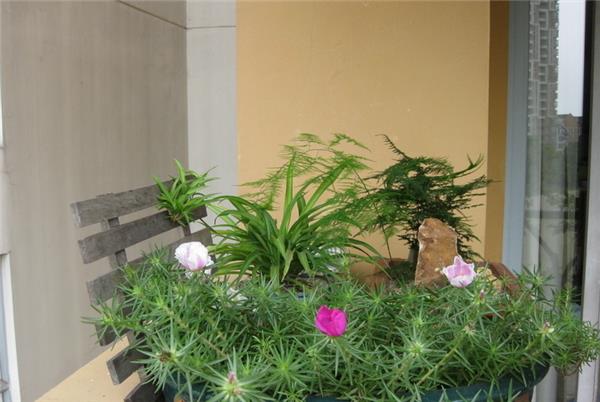What are the functions of asparagus?
What is the role of asparagus, we need to explore in depth, so the cultivation of asparagus is liked by people, so, what is the role of asparagus, let's take a look at it.

I. the function of asparagus
Asparagus belongs to the plant of Liliaceae. Its root can be used as medicine, and it can treat acute tracheitis and cough, and has the effect of moistening the lungs. However, it is mainly based on potted foliage and is an important leaf-cutting material. Asparagus is said to improve cultural accomplishment and has a certain regulatory effect on people with liver disease, depression and depression. Asparagus can not only absorb harmful gases such as sulfur dioxide and chlorine, but also secrete gases that can kill bacteria at night. And can reduce the occurrence of colds, typhoid, laryngitis and other infectious diseases, in short, it is of great benefit to human health.
Asparagus tastes very bitter, but as the saying goes, good medicine tastes bitter, so it does have its advantages. It has the effects of cooling blood, detoxification and diuresis. The usage is to fry asparagus water with 5 cents and 8 yuan and take it with rock sugar. To identify the roots of asparagus, you must first know the yellow and white surface of its roots, then wrinkles of varying depths, and slender roots. Its quality is relatively flexible and not easy to break, and the cross section is yellow and white. The smell is fragrant, but the taste is bitter.

2. Culture of asparagus
Seedlings are usually raised from 5m to October. Before sowing, the seeds are soaked in warm water for 20 hours. After soaking, the seeds are mixed with plant ash. The seeds are covered with soil for about 1 cm, and the seeds germinate in light. Seedlings emerge in 25 days under shading conditions, and the seedlings are planted in a small basin after two separate seedlings. Tolerance to semi-overcast, like a well-ventilated environment, lax requirements on the soil, less fertilization, less watering, so as to maintain the upright and short shape as far as possible.
The main results are as follows: (1) the mother plant is usually planted and propagated in the greenhouse, and the seeds of asparagus mature from December to April of the following year. Because asparagus seeds have a short life span, they should be sowed or stored in sand in time after seed collection. Remove the seed coat when sowing and sow the seeds in a shallow pot or on demand in a flowerpot with an inner diameter of 7cm. If the seeds are sown in a shallow basin, the seeds are sown with the row spacing of 2cm. The seeds are pressed into the soil, covered with 2-3mm, covered with glass and shaded. The temperature was kept at about 20 ℃, and it germinated in 30 days.
(2) the plants of 4-5 years old can be divided in early spring. You should operate carefully and do as little damage as possible. After slowing down the seedlings, we should strengthen the management of fertilizer and water to promote the emergence of new buds. The propagation coefficient of this method is low, and the shape of the new plant is irregular after ramet, so it is rarely used.

3. What to do if asparagus turns yellow
1. In the process of asparagus culture, some people often complain that asparagus is yellowing, but there is no reason why asparagus is yellowing. In fact, many reasons can cause yellowing.
2. The first to bear the brunt must be due to strong light exposure, because asparagus is a semi-shady plant, if it is often exposed to sunlight, especially the strong light in summer, then it will turn yellow and chlorophyll will gradually decrease. To solve this situation, we can put it in a cool place and replenish water regularly.
3. Random watering or irregular watering may also cause this situation. Because overwatering flowers cause stagnant water, too little water will gradually wither and die, so the general rule of watering is that the sand is dry, then watering, watering the soil is fine.

Above for the role of asparagus we have done a detailed survey, for the role of asparagus which have a clear answer, more diligent in breeding, making our asparagus grow vigorously.
Related
- Wuhan Hospital Iron Tree Blooming Result Was Instantly Frightened by the Gardener Master
- Which variety of camellia is the most fragrant and best? Which one do you like best?
- What is the small blue coat, the breeding methods and matters needing attention of the succulent plant
- Dormancy time and maintenance management of succulent plants during dormancy
- Minas succulent how to raise, Minas succulent plant pictures
- What are the varieties of winter succulent plants
- How to raise succulent plants in twelve rolls? let's take a look at some experience of breeding twelve rolls.
- Attention should be paid to water control for succulent plants during dormant period (winter and summer)
- Watering experience of twelve rolls of succulent plants
- Techniques for fertilizing succulent plants. An article will let you know how to fertilize succulent plants.



